Previous Day - Next Day

“We are unfashioned creatures, but half made up, if one wiser, better, dearer than ourselves — such a friend ought to be — do not lend his aid to perfectionate our weak and faulty natures.”
~ Mary Shelley
Wikiquote (Mary Shelley (née Mary Wollstonecraft Godwin; August 30, 1797 – February 1, 1851) was an English novelist, short story writer, dramatist, essayist, biographer, and travel writer, best known for her Gothic novel Frankenstein: or, The Modern Prometheus (1818).)

August 30th, 526

Byzantine Empire (East Roman Empire):
526 - King Theodoric the Great dies at Ravenna; his daughter Amalasuntha takes power as regent for her 10-year old son Athalaric.
Wikipedia Image: The Baptism of Constantine painted by Raphael's pupils (1520–1524, fresco, Vatican City, Apostolic Palace); Mural of Saints Cyril and Methodius, 19th century, Troyan Monastery, Bulgaria; Justinian I depicted on one of the famous mosaics of the Basilica of San Vitale, Ravenna; The Greek fire was first used by the Byzantine Navy during the Byzantine-Arab Wars (from the Madrid Skylitzes, Biblioteca Nacional de España, Madrid); Alexios I, founder of the Komnenos dynasty.
August 30th, 1363

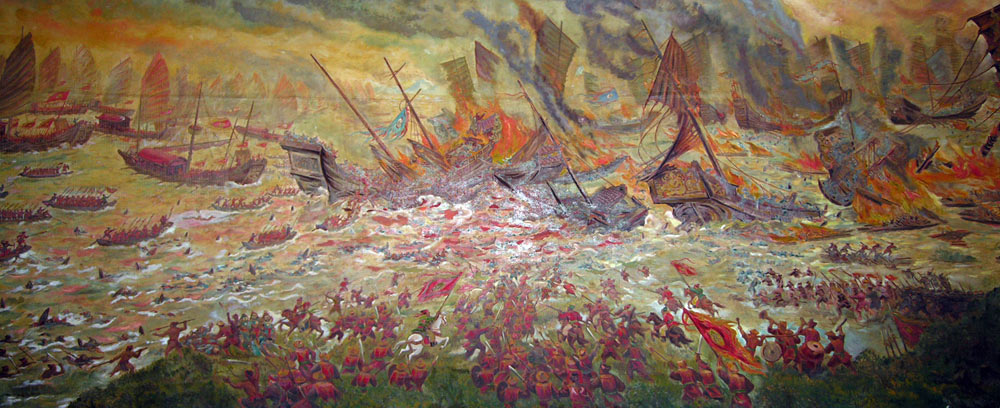
China:
1363 - Battle of Lake Poyang he forces of two Chinese rebel leaders; Chen Youliang and Zhu Yuanzhang are pitted against each other in what is one of the largest naval battles in history, during the last decade of the ailing, Mongol led Yuan Dynasty.
Wikipedia Photo: China from NASA Wordwind Satellite; © Great Wall of China, credit National Geographic; LongJi Terrace, credit National Geographic; Great Bear Rainforest, credit Paul Nicklen, National Geographic; Platoons of clay soldiers were buried with China's first emperor, Qin Shi Huang Di, (required a labor force of 700,000 to build), credit O. Louis Mazzatenta, National Geographic. ● Mongolian invasions, Hanoi History Museum, James Delgado.
August 30th, 1799

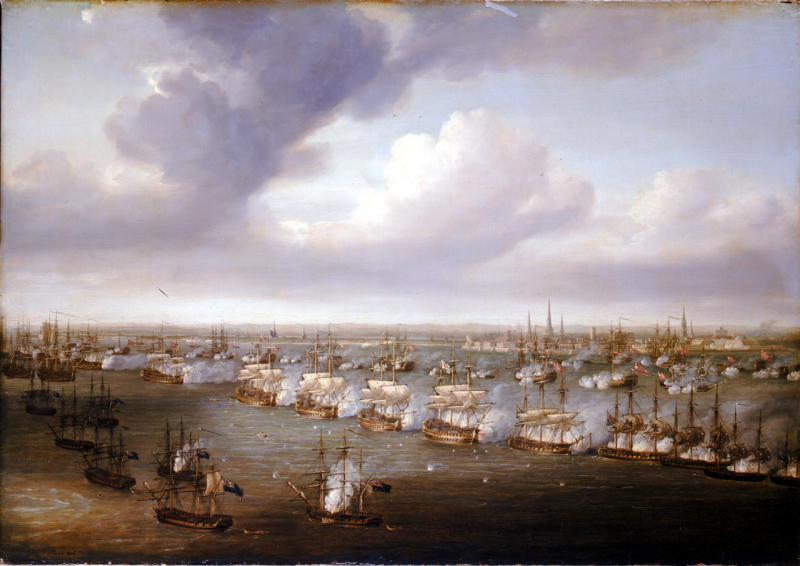
French Revolutionary Wars / Napoleonic Wars:
1799 - Second Coalition; Vlieter Incident, the entire Dutchfleet is captured by British forces under the command of Sir Ralph Abercromby and Admiral Sir Charles Mitchell.
1813 - Battle of Kulm: French forces are defeated by an Austrian, Prussian and Russian alliance.
Wikipedia Painting: Battle of Trafalgar: The British HMS Sandwich fires to the French flagship Bucentaure (completely dismasted) in the battle of Trafalgar;
Napoleon in Berlin (Meynier). After defeating Prussian forces at Jena, the French Army entered Berlin on 27 October 1806;
Battle of the Bridge of Arcole Napoleon Bonaparte leading his troops over the bridge of Arcole, by Horace Vernet;
Napoleon as King of Italy (Appiani);
Napoleon Crossing the Alps (David). In 1800 Bonaparte took the French Army across the Alps, eventually defeating the Austrians at Marengo;
Charge of the Russian Imperial Guard cavalry against French cuirassiers at the Battle of Friedland, 14 June 1807;
Battle of Borodino as depicted by Louis Lejeune. The battle was the largest and bloodiest single-day action of the Napoleonic Wars;
Napoleon's withdrawal from Russia, a painting by Adolph Northen;
Wellington at Waterloo by Robert Alexander Hillingford;
Napoleon is often represented in his green colonel uniform of the Chasseur à Cheval, with a large bicorne and a hand-in-waistcoat gesture.
Battle of Copenhagen; Nicholas Pocock. British bomb vessels are in the foreground in the lower left; to the right are the British and Danish ships in formations called "line of battle", and the city of Copenhagen in the background.
August 30th, 1813
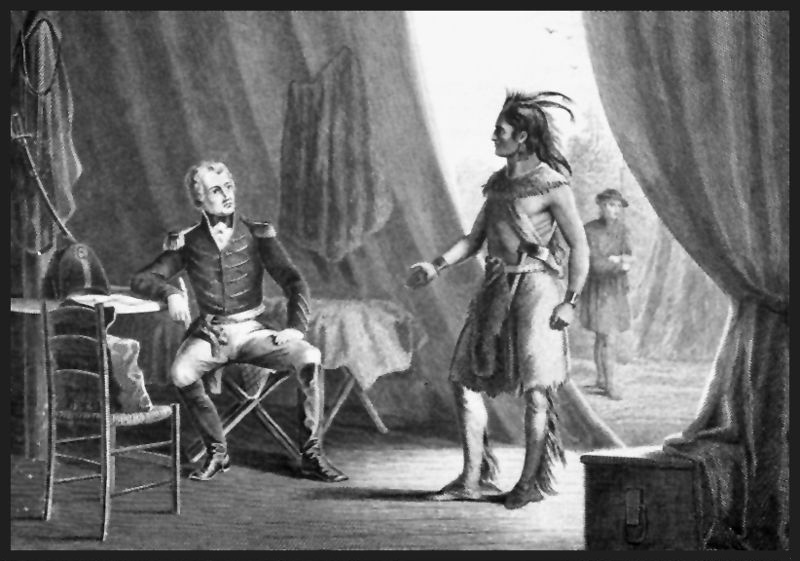
Creek War: Fort Mims massacre; Creek "Red Sticks" kill over 500 settlers (including over 250 armed militia) in Fort Mims, north of Mobile, Alabama.
Wikipedia Engraving: Depiction of William Weatherford surrendering to Andrew Jackson after the Battle of Horseshoe Bend. Jackson was so impressed with Weatherford's boldness that he let him go.
August 30th, 1835

Melbourne is founded by Australia is founded.
Wikipedia Photo:The city of Melbourne, Australia ● Autumn in suburban Canterbury.
August 30th, 1836

Houston is founded by Augustus Chapman Allen and John Kirby Allen.
Wikipedia Photo: Houston, Texas
August 30th, 1862

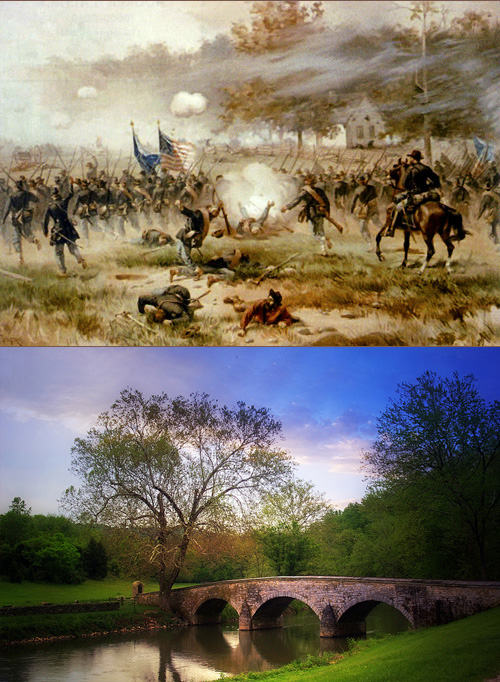
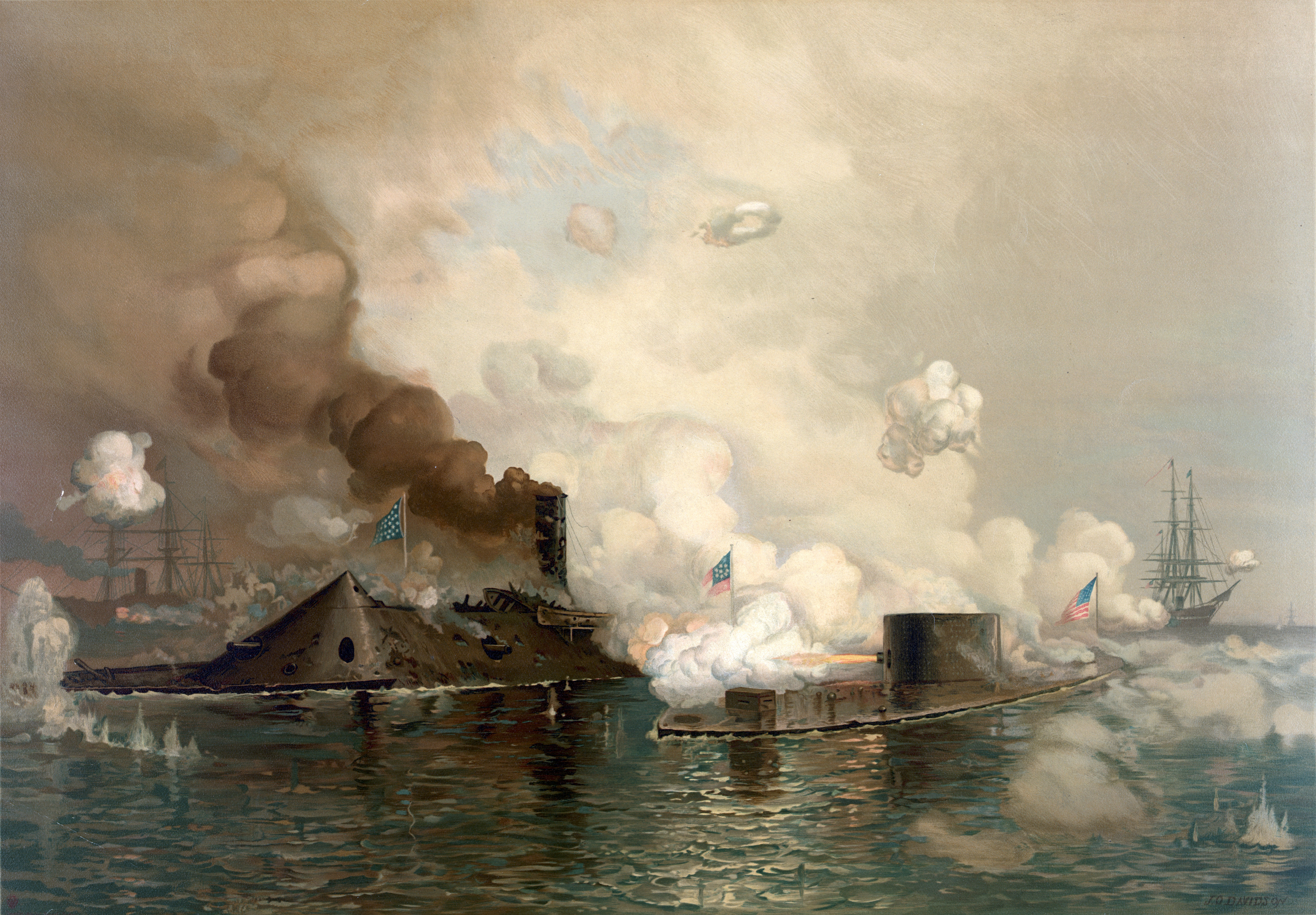
American Civil War:
1862 - Battle of Richmond; Confederates under Edmund Kirby Smith rout Union forces under General Horatio Wright.
Wikipedia Image: ● Lincoln Memorial; an American national monument built to honor the 16th President of the United States, Abraham Lincoln - located on the National Mall in Washington, D.C. across from the Washington Monument.
● The northern army led by George McClellan and the southern army led by Robert E. Lee met at Antietam Creek, Maryland in September, 1862. It was a bloody battle where 13,000 Confederates and 12,000 Union troops died in just one day. McClellan had hesitated to attack before the battle thus letting the southern troops regroup. Also, he had saved reserves and refused to use them at the end of the battle thinking that Lee was holding reserves for a counterattack, even though those reserves didn't exist. The Union victory stopped Lee's northward advance and was a turning point in the war.
● Battle of Antietam / Stone Bridge at Antietam Battlefield - Sharpsburg, Maryland
● First Battle Between Ironclads: CSS Virginia/Merrimac (left) vs. USS Monitor, in 1862 at the Battle of Hampton Roads.
● Although photography was still in its infancy, war correspondents produced thousands of images, bringing the harsh realities of the frontlines to those on the home front in a new and visceral way. The Atlantic.
August 30th, 1873
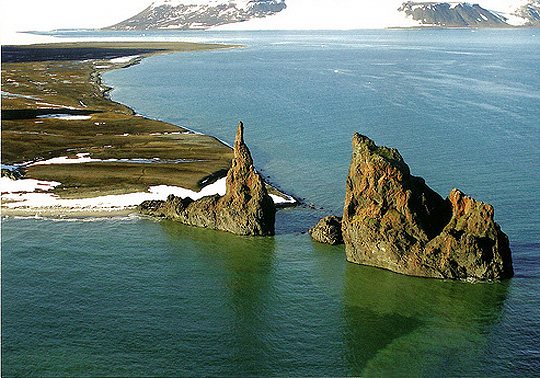
Austrian explorers Julius von Paye and Karl Weyprecht discover the archipelago Franz Joseph Land Arctic Sea.
Wikipedia Photo: Franz Josef Land in the Arctic Sea, population: Uninhabited.
August 30th, 1909
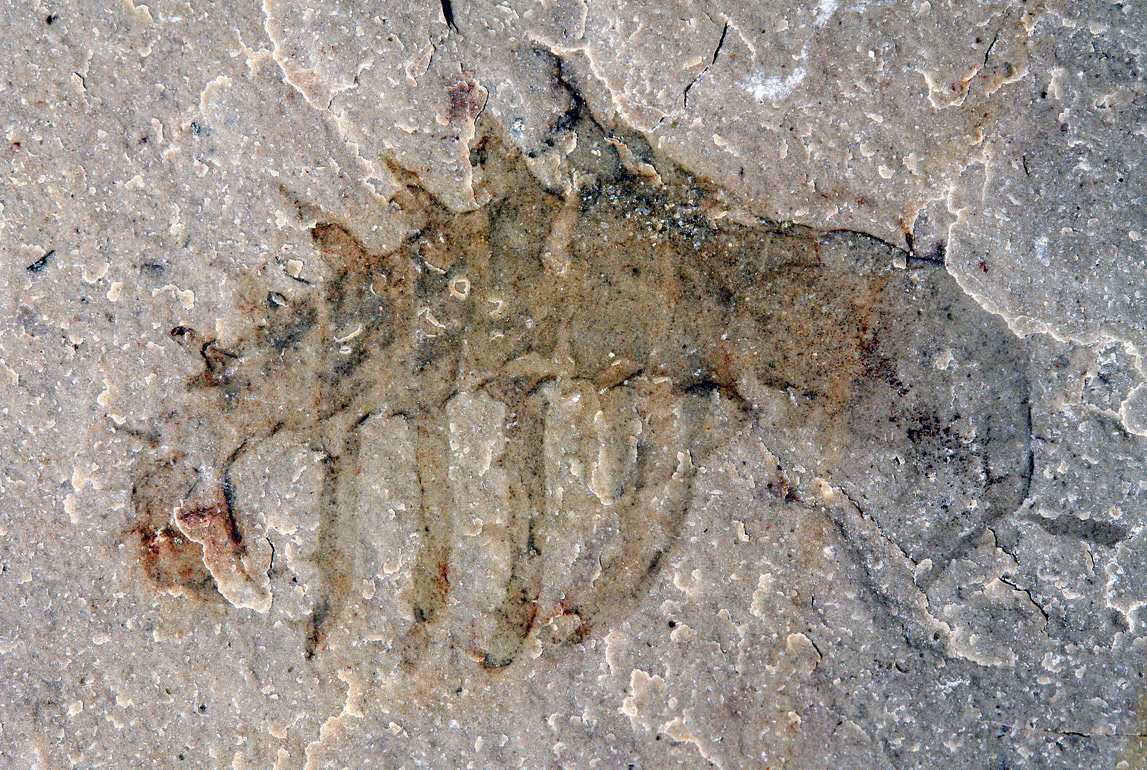
Burgess Shale fossils are discovered by Charles Doolittle Walcott.
Wikipedia Photo: Marrella, the most abundant Burgess Shale.
August 30th, 1914

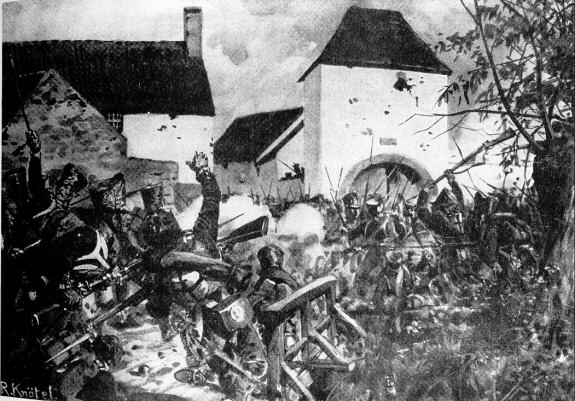
World War I:
1914 - Battle of Tannenberg; German troops defeat the Russians.
Wikipedia Photo: Trenches on the Western Front; a British Mark IV Tank crossing a trench; Royal Navy battleship HMS Irresistible sinking after striking a mine at the Battle of the Dardanelles; a Vickers machine gun crew with gas masks, and German Albatros D.III biplanes. National Archives and Records Administration. Battle of Tannenberg; Eastern Front World War I.
August 30th, 1918
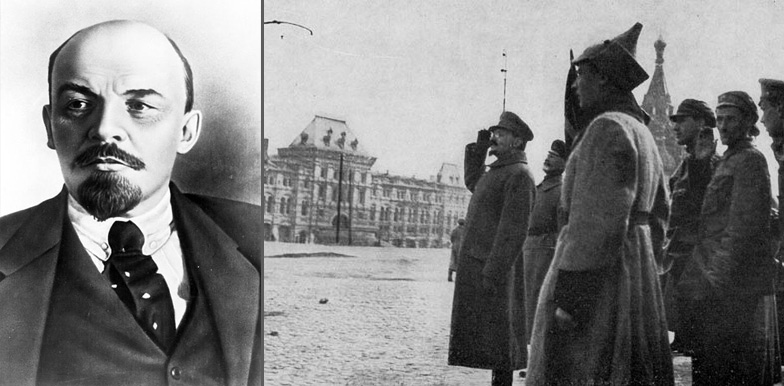
First Red Terror: Fanny Kaplan shoots and seriously injures Bolshevik leader Vladimir Lenin. This, along with the assassination of Bolshevik senior official Moisei Uritsky days earlier, prompts the decree for Red Terror.
Wikipedia Photo: Vladimir Lenin / Red Terror
August 30th, 1942
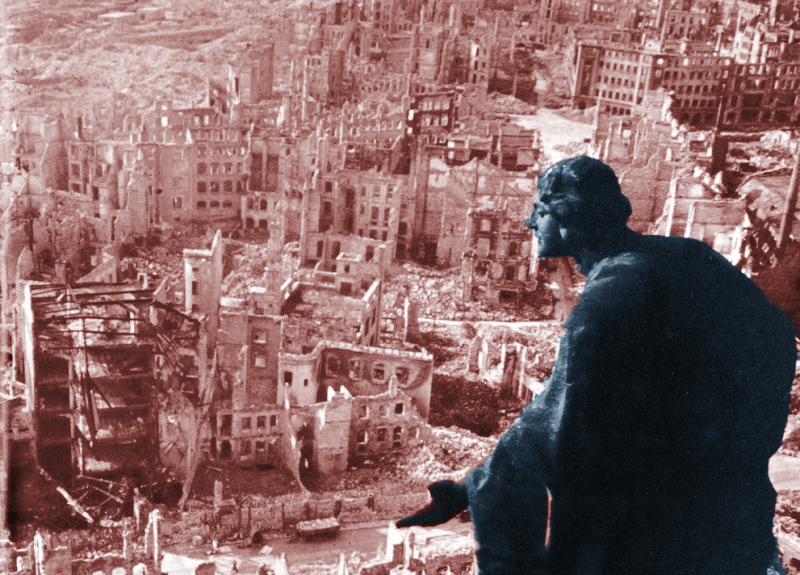

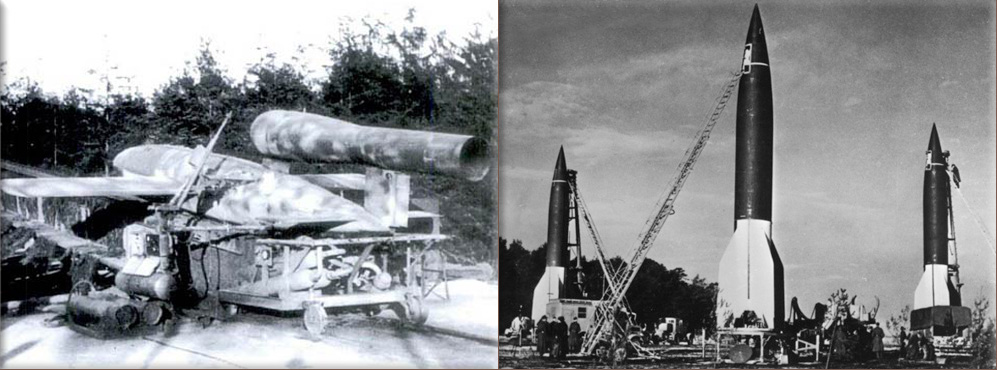
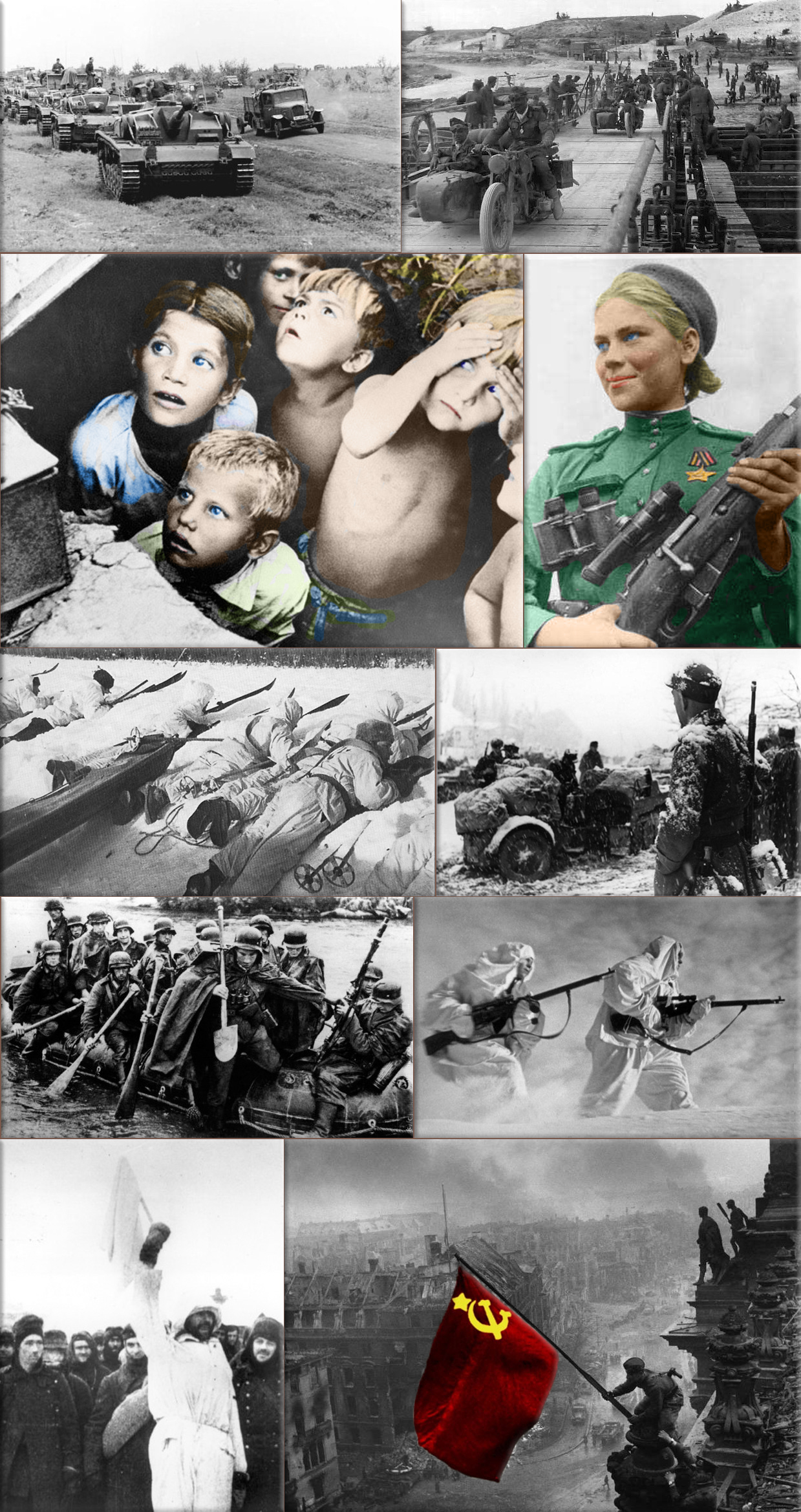
World War II:
1942 - Battle of Alam Halfa; begins.
1945 - Hong Kong is liberated from Japan by British Armed Forces.
1945 - Supreme Commander of the Allied Forces, General Douglas MacArthur lands at Atsugi Air Force Base.
1945 - Allied Control Council, governing Germany comes into being.
Wikipedia Photo: Bombing of Dresden in World War II; August Schreitmüller's sculpture 'Goodness' surveys Dresden after a firestorm started by Allied bombers in 1945. USS Bunker Hill was hit by kamikazes piloted by Ensign Kiyoshi Ogawa and another airman on 11 May 1945. 389 personnel were killed or missing from a crew of 2,600; Ensign Kiyoshi Ogawa, who flew his aircraft into the USS Bunker Hill during a Kamikaze mission on 11 May 1945; Kamikaze Missions - Lt Yoshinori Yamaguchi's Yokosuka D4Y3 (Type 33 Suisei) "Judy" in a suicide dive against USS Essex. The dive brakes are extended and the non-self-sealing port wing tank is trailing fuel vapor and/or smoke November 25th, 1944. German V1 flying-bomb and V2 Rockets - Preparations for a Salvo Launch of V-2 Rockets in the Heidelager near Blizna (Poland) (1944), credit German History in Documents and Images GHDI.
Eastern Front (World War II); Germans race towards Stalingrad. August 1942; Soviet children during a German air raid in the first days of the war, June 1941, by RIA Novosti archive; Soviet sniper Roza Shanina in 1944. About 400,000 Soviet women served in front-line duty units Caucasus Mountains, winter 1942/43; Finnish ski patrol: the invisible enemy of the Soviet Army with an unlimited supply of skis; Men of the German Engineers Corps cross a river which is swollen after the first autumn rains, to strengthen bridges linking the German positions on the central front in Russia. by Keystone / Getty Images. October 1942; Russian snipers fighting on the Leningrad front during a blizzard. Photo by Hulton Archive / Getty Images, 1943; German soldiers surrendering to the Russians in Stalingrad, the soldier holding the white flag of surrender is dressed in white so that there could be no doubt of his intentions, a Russian soldier is on the right of the photograph. by Keystone / Getty Images, January 1943.
August 30th, 1956
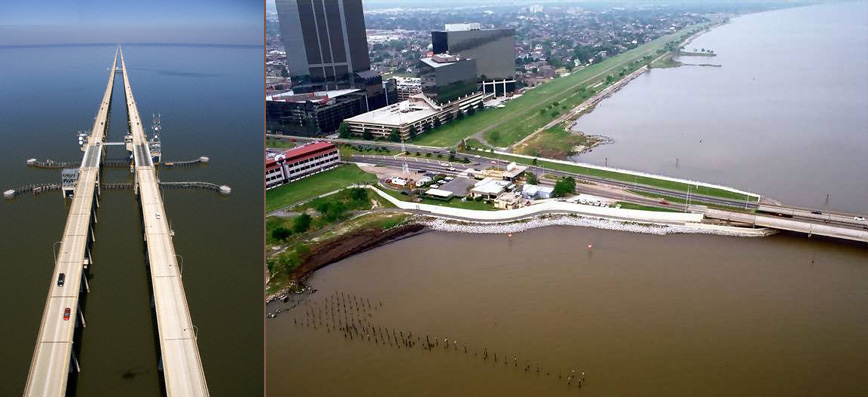
Lake Pontchartrain Causeway opens.
Wikipedia Photo: Lake Pontchartrain Causeway
August 30th, 1963
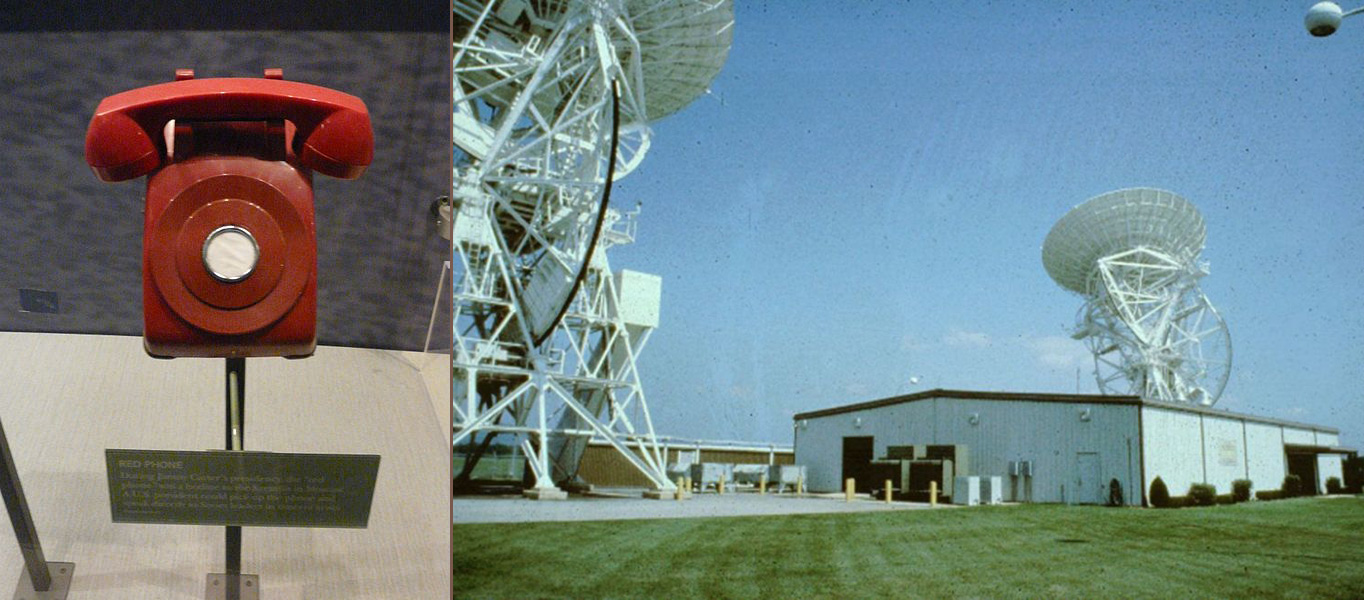
Hotline between the leaders of the U.S.A. and the Soviet Union goes into operation.
Wikipedia Photo: "Red Phone" / The Washington/Moscow Hotline, Operated by BFEC / ATSC / HTSI
August 30th, 1967

Thurgood Marshall is confirmed as the first African American Justice of the Supreme Court of the United States.
Wikipedia Photo: Thurgood Marshall, Goucher.edu
August 30th, 1984
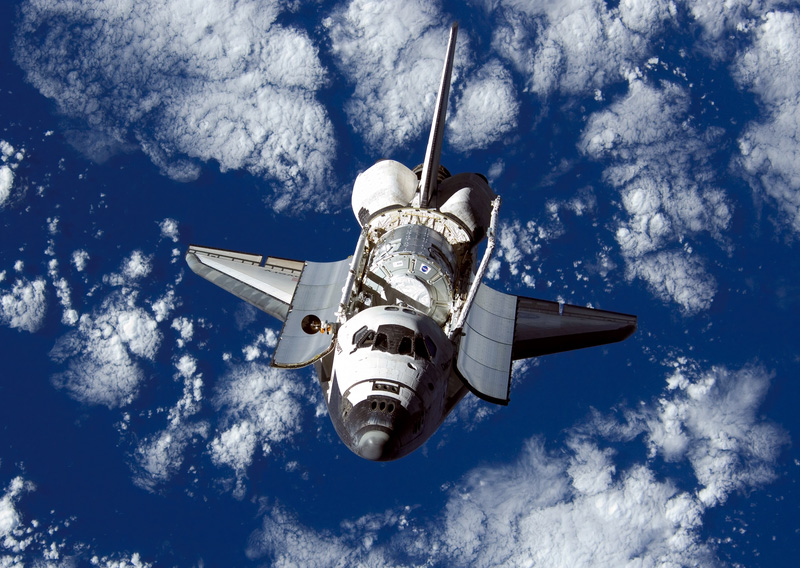
STS-41-D Space Shuttle Discovery takes off on its maiden voyage.
Wikipedia Photo: Space Shuttle Discovery, NASA
August 30th, 1995
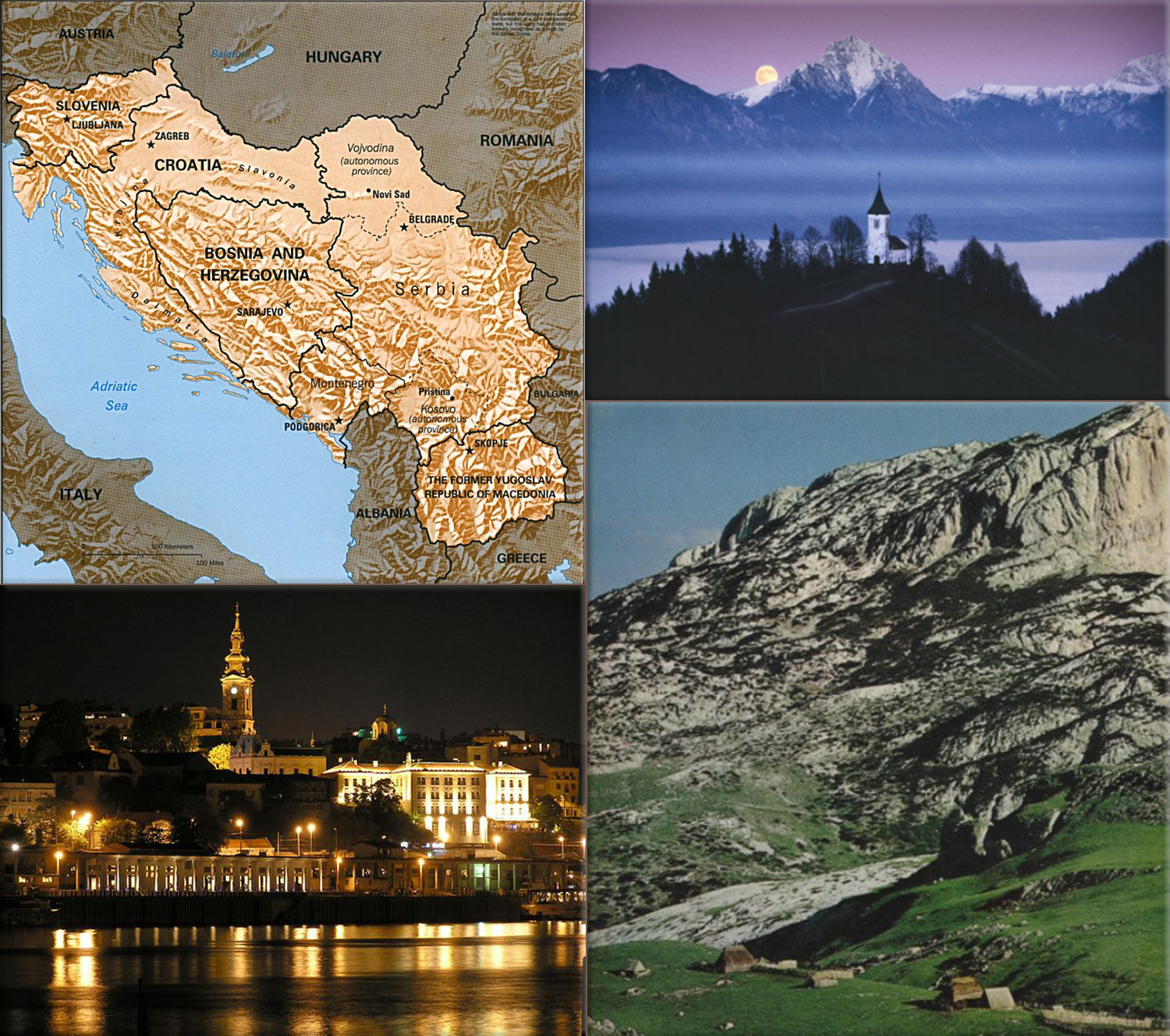
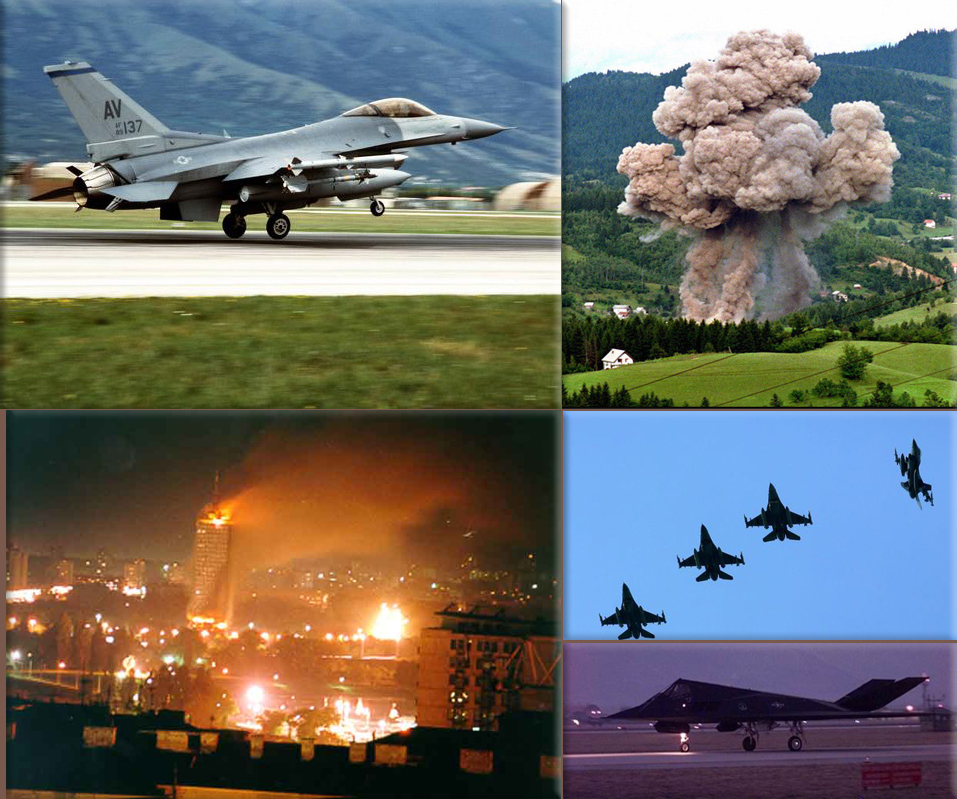
Yugoslav Wars, NATO bombing of Yugoslavia:
NATO launches Operation Deliberate Force against Bosnian Serb forces.
Wikipedia Map: Kingdom of Yugoslavia; Belgrade, Yugoslavia; A twilight moon rises above the Kamniske mountains and Slovenia’s Sava River Valley, Slovenia, credit National Geographic; Yugoslavia, November 1977, credit National Geographic.
Photo: 1995 NATO bombing campaign in Bosnia and Herzegovina / Aug. 30, 1995 by Oleg Stjepanovic (AP) ● Smoke rises from an ammunition depot in Bosnian Serb stronghold Pale near Sarajevo after NATO air strikes ● CK building in the moments after bombing ● Serbia marks the 10th anniversary of the Nato-led bombing campaign ● U.S. F-117 Nighthawk taxis to the runway before taking off from Aviano Air Base, Italy, on March 24, 1999.
